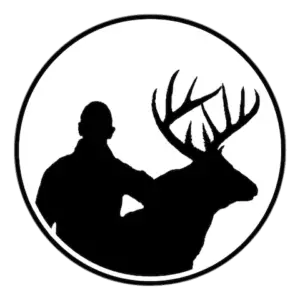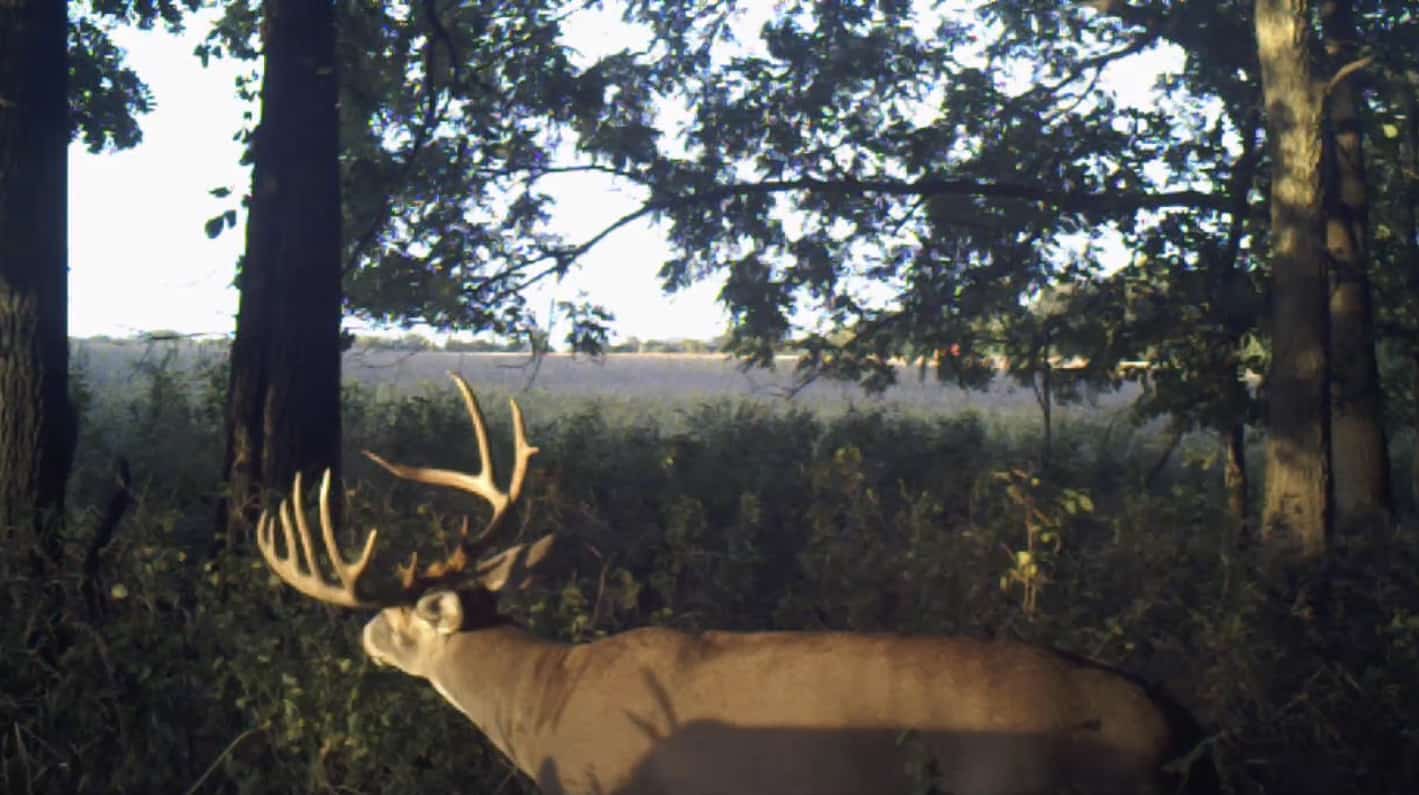I’m sitting here thinking about all the reasons why it’s important to know where whitetails spend most of their time. The list of reasons is long. To name a few, you might be trying to learn more about hunting mature bucks, figuring out where to hang your treestand, or improving the habitat on your property. The list of reasons goes on and on. So, where do whitetails spend most of their time?
Whitetails spend most of their time in habitat that provides horizontal cover for them to hide from predators. There are various times throughout a 24-hour period that deer move within their individual home ranges to feed. Deer have different personalities and their home ranges can vary from deer to deer. Some whitetails have sedentary personalities while others are more mobile. Radio collar studies have shown that some deer have multiple home ranges and will move back and forth between them throughout the year. Other deer have a single home range and will only make quick trips away from it before they come right back.
To fully understand where deer spend most of their time, it’s important that we break down how deer spend their time throughout the course of a day. Let’s dive into that now.
Where do whitetails go during the day
Regardless of what time of day it is, a deer is going to prioritize its own security over everything else. Therefore, deer will find areas that provide them with security cover and horizontal structure to avoid predators. Deer also prefer to spend daytime hours in places that offer browse to feed on. This is why I think mature bucks are so difficult to kill.
Mature bucks usually live their lives more cautiously than the rest of the deer herd. Even though mature bucks will bed in the same type of habitat as the rest of the herd, they won’t move as much within it. However, bucks don’t just lay down all day without moving. Deer feed multiple times throughout the day, move around a little bit, lay down to rest, and then repeat the process.
From my mature buck observations over the years, I have seen a mature buck bed down during daylight hours a couple of times. During each encounter, I observed the bucks do the same thing. They bed down for a little bit (20 minutes to 2 hours), then stand up to browse on vegetation nearby, wonder around the immediate area, bed down again, and so on. These bucks eventually moved out of my line of sight, but their body language indicated that they were not moving very far from the area where I was hunting. If I had to guess, these bucks didn’t move more than 500 yards away from where I first saw them bed down.
The good news for hunters is that whitetails aren’t always in thick security cover during the day. They will move from bedding area to bedding area within their home ranges, and they will also move toward primary food sources during evening hours. The timing of the rut, hunting pressure, weather conditions, individual deer personalities, and various other factors will determine the frequently of daytime movement and how often they will leave the safety of security cover.

Where do whitetails go during the night
Deer move at all times throughout the night but the frequency of those movements will increase at the times surrounding dawn and dusk. The majority of deer will move toward feeding areas, such as crop fields or food plots, during the evening. Deer may or may not reach these locations until darkness has already set in, but when they do, they will feed for several hours throughout the night.
Deer don’t typically stay on their feet and make long excursions all night long and repeat that process day-after-day. They will typically feed for a few hours, lay down, get up and maybe move to a social area where other deer might be, feed again, and then start heading back to their daytime bedding areas to chew their cud.
Deer will return to their daytime bedding areas just before or after the sun rises. The timing of the rut, hunting pressure, weather conditions, individual deer personalities, and various other factors will determine when deer will return to their bedding areas. However, mature bucks are different from the rest of the herd when it comes to this.
In the case of mature bucks, unless the rut is on, most of them have returned to their daytime bedding areas before the sun comes up in the morning. If a mature buck is aware of human pressure in his home range, then it’s even more likely for him to reach his bed before the sun comes up. If you want to see a mature buck in the morning hours of daylight, the best times to do that is during the rut or the weeks before or after it. Mature bucks are shot during mornings outside of the rut every year, but it more likely that you will spook that mature buck before killing him.
Conclusion
Understanding where and how whitetails spend their time will help make you a more successful hunter. Deer prioritize their security above everything else and will spend the majority of their time bedding and feeding in areas where they can avoid predators. If you want to kill a mature buck outside of the rut, you need to hunt him close to where his daytime bed is. This is especially true if human pressure surrounds his core area, because he will not move very far from his bed or expose himself in open areas during daylight.
Other articles you might be interested in:
Why do I never see bucks
Do deer bed in corn
How to keep a buck coming back

